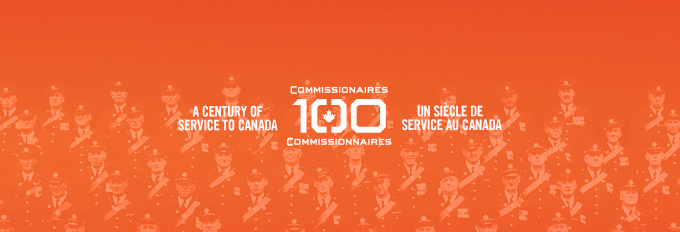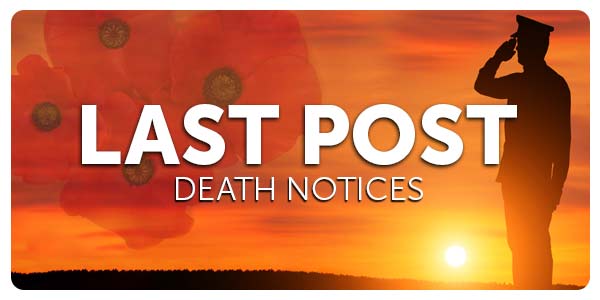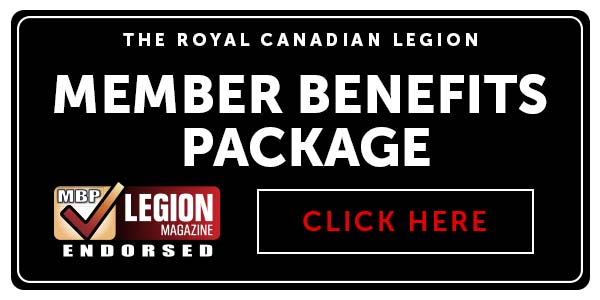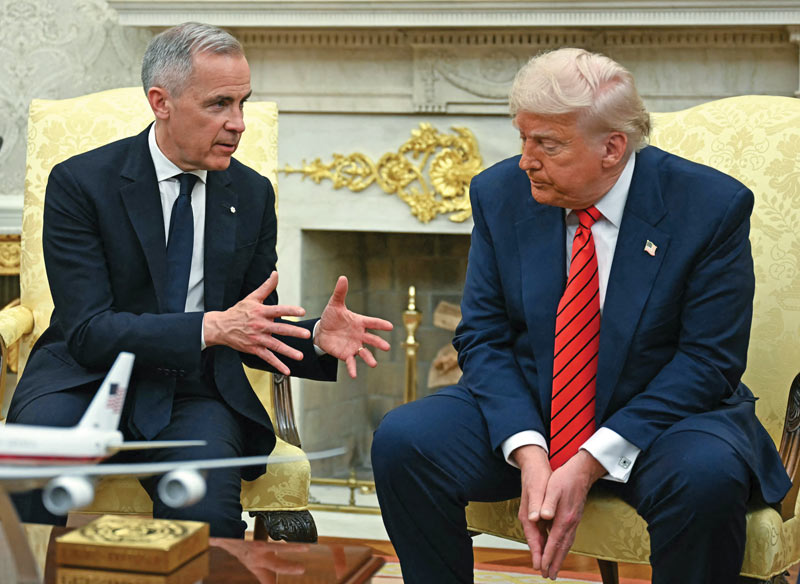
Prime Minister Mark Carney and President Donald Trump meet at the White House on May 6, 2025. [Jim Watson/Getty Images/2213171973]
Since Donald Trump returned to the White House in January 2025, Canada’s relations with the U.S. have been in a serious state of flux. President Trump has talked about annexing Canada, altering the border and fulfilling American manifest destiny. He repeatedly referred to the country as “the 51st state” and frequently called Justin Trudeau, then in his last days as prime minister, governor. And he wasn’t joking, Trudeau said. Trump genuinely meant it.
Media stories subsequently began to circulate that the U.S. administration was considering ejecting Canada from the Five Eyes intelligence-sharing consortium linking Ottawa with the U.S., Britain, Australia and New Zealand. And, Norad, the key fixture in North American defence for six decades, was also rumoured to be a potential casualty of reconsiderations of cross-border military collaboration.
The reaction to these Trumpian stances in Canada was striking. “Elbows up,” referencing how late NHL great Gordie Howe played hockey, became a rally cry on social media. And Ontario Premier Doug Ford took to wearing a “Canada is not for sale” cap. Then Canadian shoppers began rejecting U.S-made goods, especially in grocery stores, searching for homegrown alternatives. Plus, Canadian visits to the U.S. dropped dramatically, down 17 per cent year-over-year in March 2025, nearly 1 million fewer individuals making the trip.
Meanwhile, Trump’s MAGA supporters repeated and reinforced his message. At border crossings, U.S. customs officials became more rigorous in their inspections, turning away Canadian citizens who might have been born in Iran or Afghanistan and searching cellphones for anti-Trump messages. Academics receiving research funding for joint projects with American scholars suddenly had to fill in forms declaring that none of their work would be affected by diversity, equity and inclusion initiatives. The U.S. political landscape changed so quickly that some experts said it was moving toward an autocracy.
President Trump inspired an outburst of Canadian nationalism and anti-Americanism not seen since the 1988 “free trade” election.
It was as if madness had seized the occupant of the White House.
Canada wasn’t the only target of such Trump ramblings. He demanded that Panama give control of the Panama Canal back to Washington. And he said that Greenland should be annexed by the U.S. in the interest of American security. With Russian and Chinese designs on the Arctic, only acquiring or, if necessary, seizing the large polar island would keep the U.S. safe.
It didn’t seem to matter that Greenland, an autonomous territory of Denmark, is, like Canada, a member of NATO. Nor did the fact that Denmark and Canada had both fought alongside U.S. troops during the two-decade-long war in Afghanistan. It was as if madness had seized the occupant of the White House.
President Trump blaming Ukraine for starting the war with Russia added to the sense of anarchic policy-making in the U.S.—and cast the future of NATO in doubt.
Then came Trump’s tariffs, initially leveled against Canada largely in response to the “flood” of fentanyl headed south to the U.S. Remarkably, however, U.S. Customs and Border Patrol data indicated that less than 0.1 per cent of the deadly drug—just 27 kilograms—seized in the country came from Canada. No matter: tariffs would still be slapped on Canadian goods in the interest of American national security.
Then in early April, Trump imposed tariffs on autos and parts (along with numerous other products) made in almost every country (including Canada) except Russia, Belarus and North Korea. Most economic experts could make little sense of the move and in the days to follow, stock markets around the world plunged. Many observers indicated the result would be a global recession or even a repeat of the 1930s Depression.
The Canadian response to all this was to promise to spend more on defence and to seek new trading partners.
Both the Liberals and the Conservatives pledged to reach NATO’s two per cent of gross domestic product spending minimum on military someday, just as the U.S. said five per cent should be the goal. As for trade, about 75 per cent of Canadian trade these days is with the U.S. To move away from that, even with higher tariffs, is sure to be difficult. Prime Minister John Diefenbaker tried to transfer 15 per cent of Canadian trade from the U.S. to Britain in 1957, but the plan fizzled. Pierre Trudeau’s attempts to broaden Canadian trade to Europe and Asia in the 1970s likewise had minimal impact. The U.S. is nearby, rich, and the trade links have held firm. Will it really be any different in 2025?
And is the U.S. really the enemy? Trump is acting like one, but very few believe he will go beyond using economic threats as weapons against Canada. Plus, public opinion polls indicate Americans have little interest in annexing Canada—in an early spring 2025 survey, 60 per cent said they had no interest in it, while another 32 per cent said they would only support the idea if Canadians wanted it. Even a Republican-dominated Senate voted in favour of a resolution that forbade hitting Canada with tariffs because of false claims it’s a major fentanyl supplier.
In early April, Prime Minister Mark Carney said that Canadian co-operation with Washington on defence and security would continue, but that he would try to assemble a “coalition of like-minded countries” as an alternative to U.S. trade.
“If the United States no longer wants to lead, Canada will,” said Carney. “The 80-year period when the United States embraced the mantle of global economic leadership, when it forged alliances rooted in trust and mutual respect and championed the free and open exchange of goods and services, is over. While this is a tragedy, it is also the new reality.”
So, it is. But the road ahead remains perilous.
Advertisement



